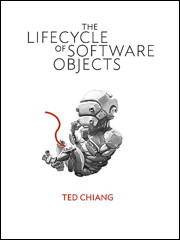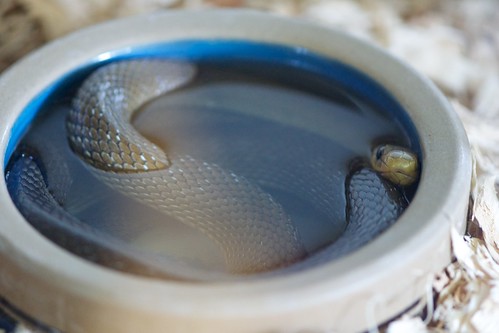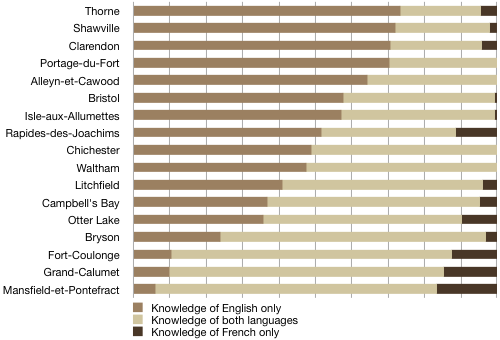Tainted snake food recalled
Salmonella infections can be a concern for reptile keepers, but I don’t think many of us would have considered the frozen mice and rats we keep as snake food as a potential disease vector. That’s apparently the case, according to an article in today’s New York Times. Mail-order reptile food supplier MiceDirect has issued a voluntary recall of frozen mice, rats and chicks due to potential Salmonella contamination. According to the Times, some 400 people in the U.K. have come down with Salmonella associated with MiceDirect shipments since 2008, as well as some 30 cases scattered across the U.S. Apparently, the U.S. Centers for Disease Control only began an inquiry this spring, and the MiceDirect facilities and product were only inspected this month. MiceDirect has announced that they are now shipping irradiated feeders to address the Salmonella; the strain involved, they say, is no hazard to reptiles.
This is not the usual way to get Salmonella from reptiles. From what I understand, people normally contract Salmonella, which is present in the lower GI tract of reptiles and birds, through fecal-oral contact. Most of us don’t go around licking reptile cloacas, but transmission can occur when, for example, handling reptile feces and not washing up properly afterwards: fingers to snake poop, then (later) fingers to mouth. The problem is exacerbated with aquatic turtles, because turtles contaminate their aquarium water: you don’t have to handle turtle feces to get contaminated, just the wet turtle. Wash your hands, people.
I have to say it was interesting to see an article about reptile keeping in the Times, particularly one illustrated with a baby red-sided garter snake eating a pinky mouse. There was this passage that I think is worth elaborating on, about thawing frozen mice: “Mr. Gilfillan and many other snake owners thaw mice to serving temperature in warm water. Dr. Barton Behravesh said people should not use a microwave oven, because the bacteria could spread to other food.” Reptile keepers tend not to use microwave ovens anyway, because frozen mice have an annoying tendency to, well, explode in them. Seriously.




 One of my favourite writers,
One of my favourite writers, 

